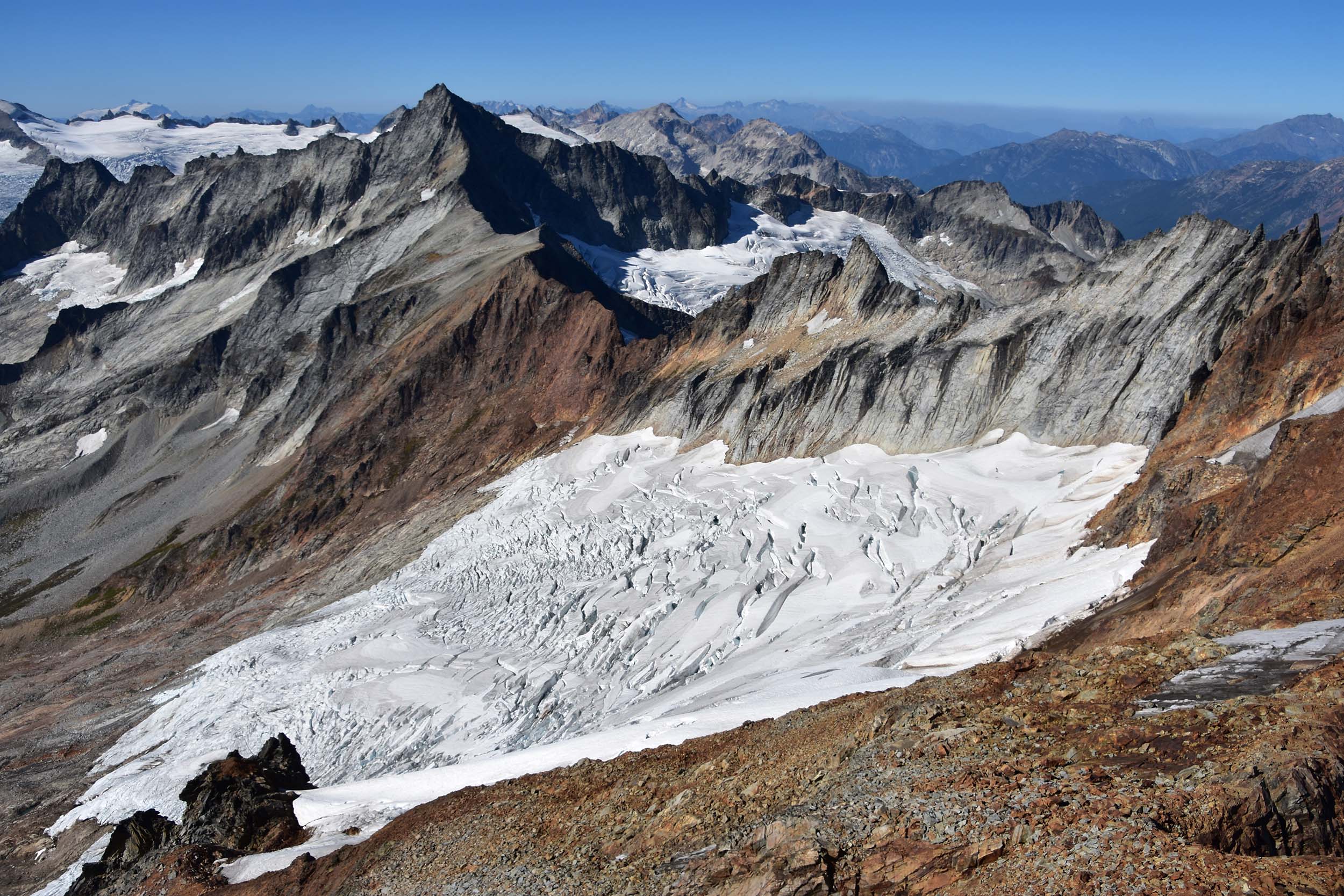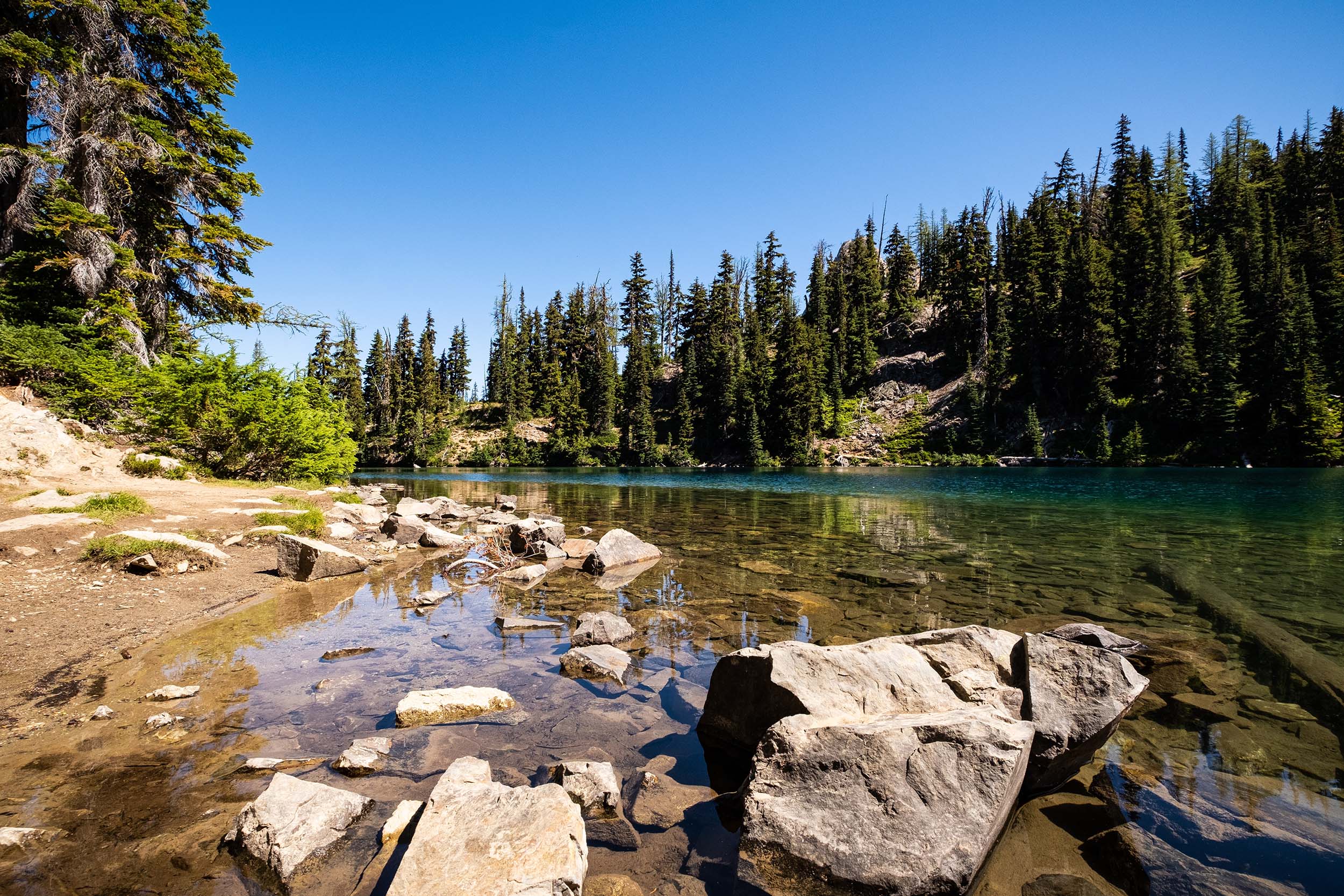Park Information Quick Facts
Location: Washington
Park Size: 500,000 Acres
Time Needed: 1-3 days
Best Season: July and August
Must Do:Cascade Pass Trail
Pro Tips: Starting early allows you to experience the park’s stunning alpine scenery in the softer light of dawn, which makes for fantastic photo opportunities.
Visitor Centers
North Cascades National Park has three primary visitor centers: the North Cascades Visitor Center, the Ross Lake Visitor Center, and the Stehekin Visitor Center. The North Cascades Visitor Center, located in Newhalem, is the main hub for park information. It features exhibits on the park’s geology, wildlife, and history, along with maps and brochures to help visitors plan their activities. The center also offers interactive displays and a short film that provides an overview of the park’s natural wonders and conservation efforts. Rangers are available to answer questions and offer recommendations on hiking trails, scenic drives, and other points of interest within the park.
Plan Your North Cascade Adventure Today!
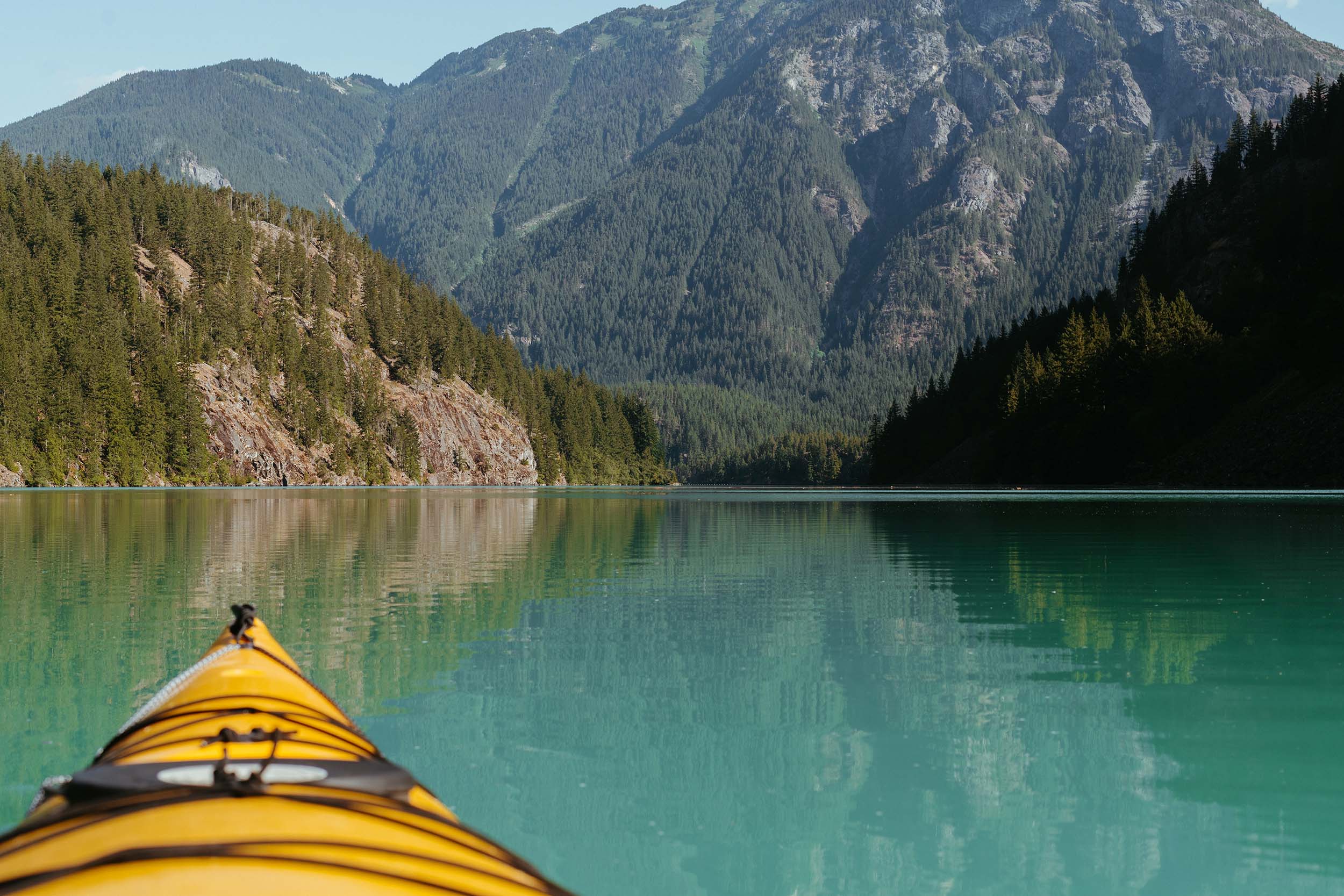
Getting There
How to Travel to North Cascade National Park
Traveling to North Cascades National Park involves a combination of driving, flying, and possibly hiking or boating, depending on where you’re coming from and which areas of the park you want to explore. The park is located in northern Washington, about 120 miles northeast of Seattle. For visitors driving from Seattle, the most common route is via Interstate 5, then east on State Route 20, which takes you through scenic towns like Marblemount and Newhalem before reaching the park. The drive offers stunning views of the surrounding mountains and is accessible year-round, although certain sections of the park’s roads may be closed during winter due to snow.
For those flying into the area, Seattle-Tacoma International Airport is the closest major airport, with numerous domestic and international flights arriving daily. From there, visitors can rent a car and make the roughly two-hour drive to the park. If you’re looking for a more scenic and leisurely journey, consider flying into Bellingham International Airport, which is about an hour’s drive from the park’s western entrance. There are also smaller regional airports nearby, such as the Skagit Regional Airport, offering limited services but a more direct route to the park for those with private planes or small charters.
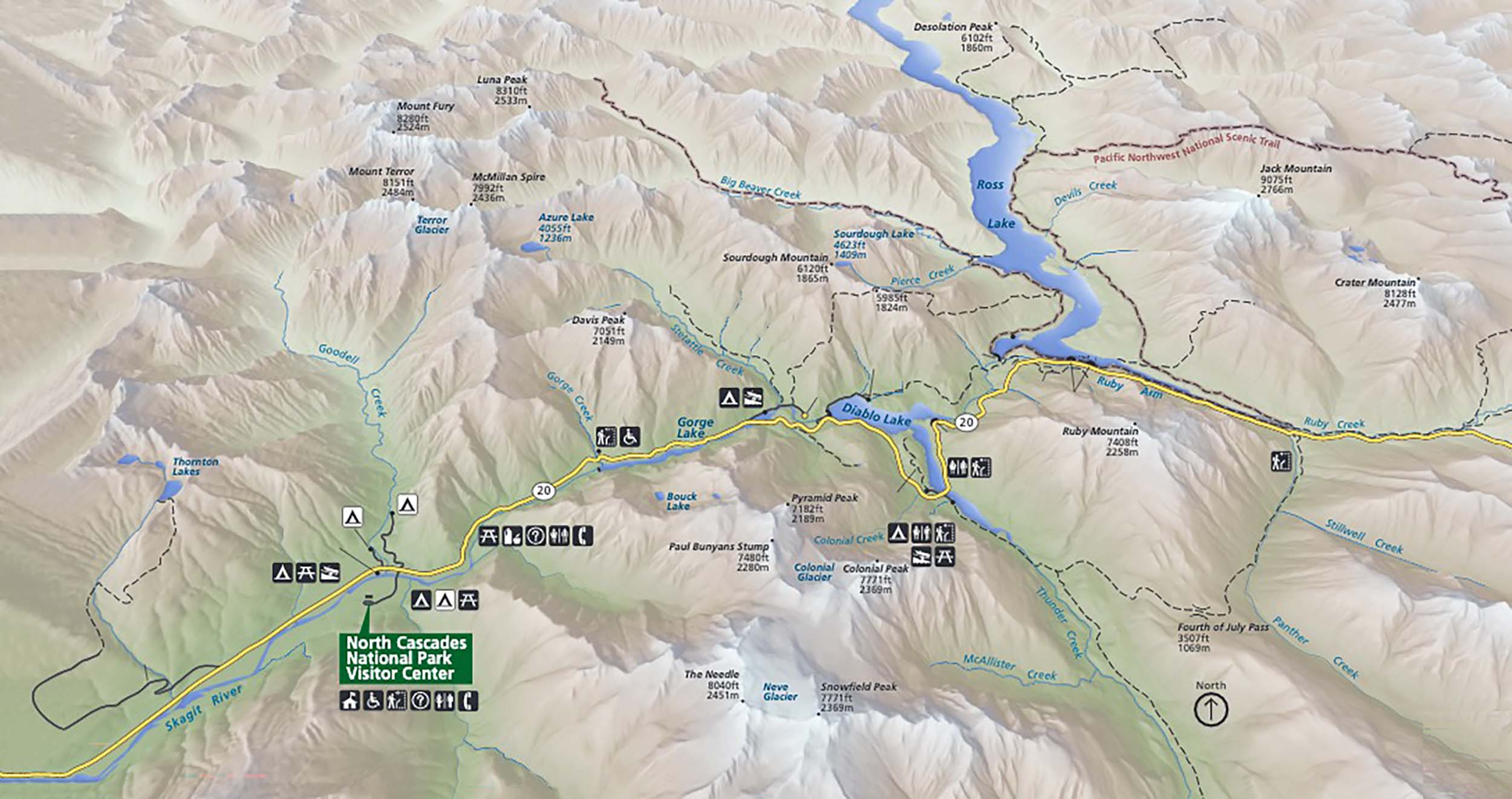
Camping
Newhalem Campground
- Location: Located in the town of Newhalem, near the western entrance of the park.
- Facilities: The campground offers 25 campsites, each equipped with picnic tables, fire rings, and access to restrooms with flush toilets. There are no showers, but water is available at the campground.
- Season: Open from late May to mid-September (weather permitting).
- Activities: Ideal for those exploring nearby trails, such as the Ladder Creek Falls or the Skagit Gorge. It’s also close to the North Cascades Visitor Center.
- Reservations: Sites are available on a first-come, first-served basis, but reservations are recommended during peak season.
Colonial Creek Campground
- Location: Situated along the eastern shore of Diablo Lake, approximately 20 miles from the park’s western entrance.
- Facilities: This campground has 141 campsites, split between the north and south loops. It provides amenities like picnic tables, fire rings, potable water, restrooms with flush toilets, and a boat launch. There are no showers, but vault toilets are available in certain areas.
- Season: Open from late May through mid-September.
- Activities: Great for those looking to kayak or canoe on Diablo Lake, as well as hiking the nearby Thunder Creek and Blue Lake trails.
- Reservations: Available for some sites, with a mix of first-come, first-served options.
Backcountry Campsites
- Location: Scattered throughout the park, accessible via hiking trails.
- Facilities: Backcountry sites are primitive and offer a truly rustic experience. These sites often include basic amenities like a bear pole for food storage, a tent pad, and a fire ring (if allowed), but they don’t provide running water or toilets. Hikers must bring all their camping gear and pack out waste.
- Popular Areas:
- Cascade Pass: Accessible by the Cascade Pass Trail; offers dramatic views and access to other high alpine trails.
- Thunder Creek: Along the Thunder Creek Trail, these campsites provide a serene, riverside camping experience.
- Stehekin: Accessible only by boat, foot, or plane, Stehekin offers remote campsites surrounded by pristine wilderness.
- Season: Open year-round, but some backcountry sites may be inaccessible due to snow until late summer.
- Reservations: A wilderness permit is required, and some areas require reservations, especially for more popular backcountry sites like those along the Cascade Pass Trail.
Diablo Lake Campground (Seasonal)
- Location: Located near Diablo Lake on the north shore.
- Facilities: This smaller, more remote campground offers scenic views of Diablo Lake. It provides basic amenities including picnic tables, fire rings, and vault toilets.
- Season: Open from mid-May to mid-September, depending on weather conditions.
- Activities: Ideal for campers looking for a peaceful spot by the lake, with opportunities for boating and hiking nearby.
- Reservations: Sites are first-come, first-served.
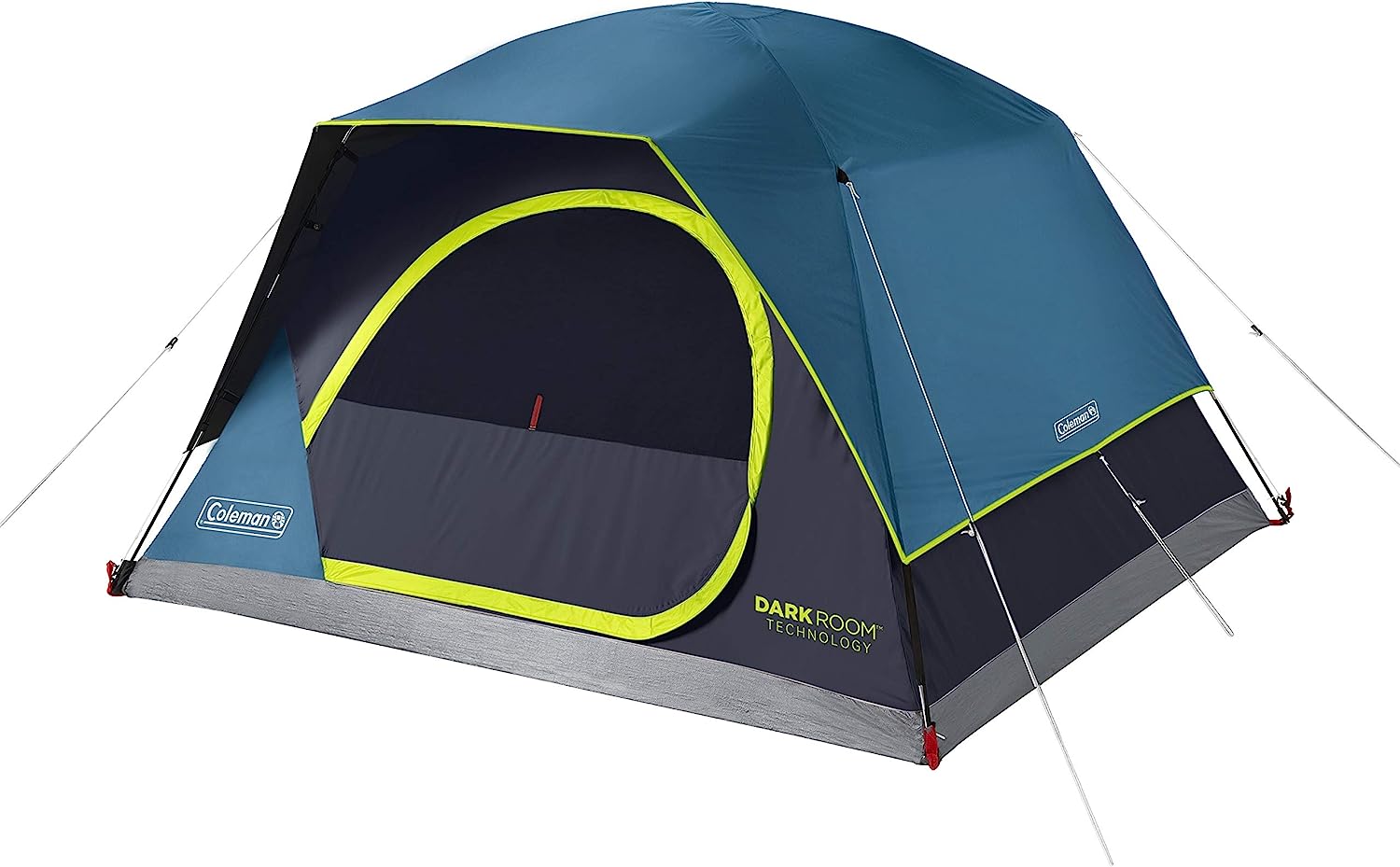
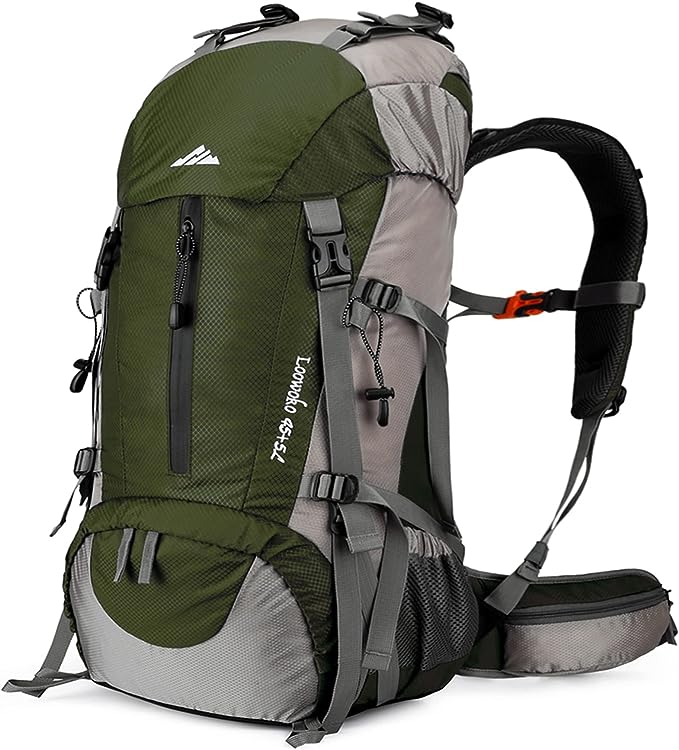
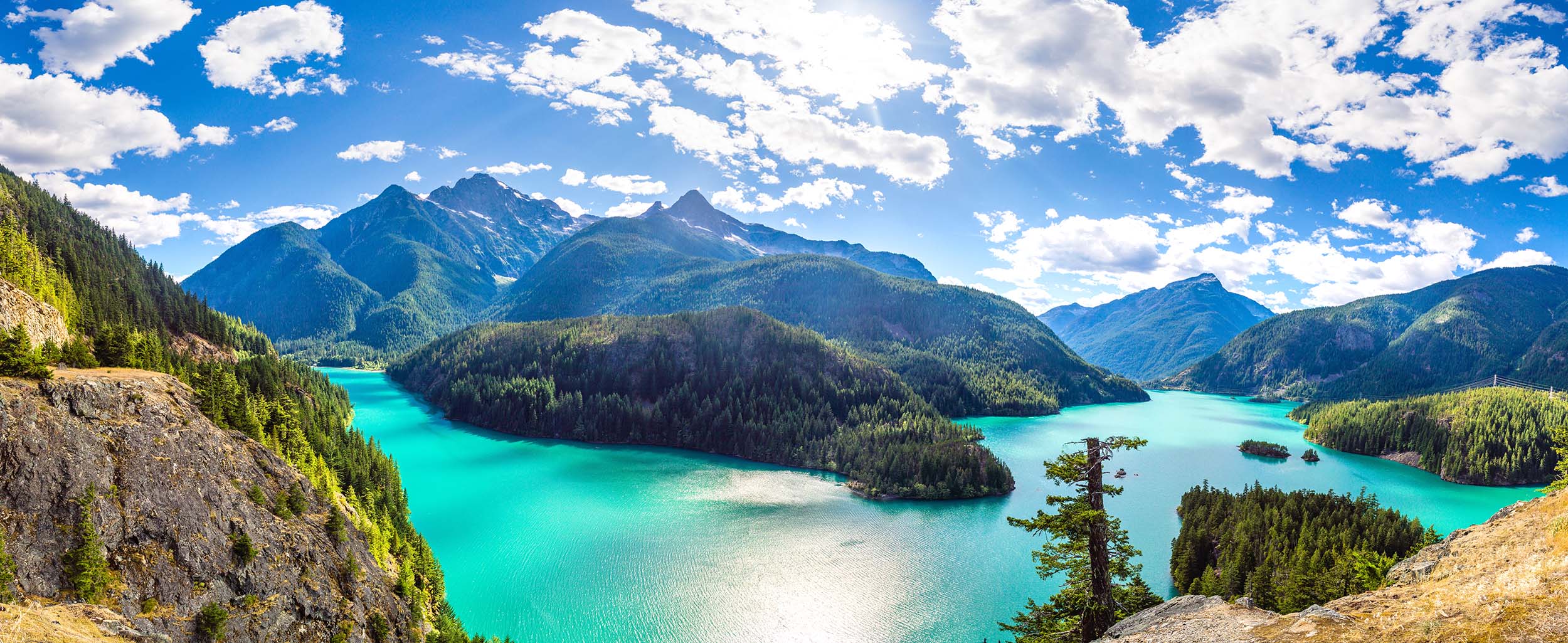
-
Prepare for Variable Weather: The weather in North Cascades National Park can change rapidly, even in summer. Be prepared for cold nights, rain, or even snow at higher elevations, even in the warmer months. Pack layers, including warm clothing, waterproof gear, and sturdy footwear to ensure comfort and safety during your trip.
-
Plan for Water Sources and Food Storage: While some campgrounds have potable water, backcountry sites do not. Always bring enough water or a reliable water filtration system. Additionally, be sure to follow bear safety protocols, as the park is home to bears and other wildlife. Use bear-resistant food containers or hang your food in a bear bag away from your campsite to avoid attracting animals.
-
Secure a Wilderness Permit: If you’re camping in the backcountry, you’ll need to obtain a wilderness permit. These are required for all overnight stays outside of the developed campgrounds and can be reserved or picked up at the park’s visitor centers. Make sure to plan ahead, especially during peak season, as some popular areas may require advance reservations.
Popular Hiking Trails
Cascade Pass Trail
- Distance: 7.4 miles round-trip
- Difficulty: Moderate
- Elevation Gain: 1,800 feet
- Description: This popular trail offers breathtaking views of the surrounding mountain peaks, glaciers, and valleys. It leads to Cascade Pass, where hikers are treated to panoramic vistas of Mount Logan, the rugged peaks of the North Cascades, and surrounding alpine lakes. The trail is relatively steep in parts, but the reward is worth the effort. The trail is accessible during summer and early fall, and it’s a great way to explore the heart of the park.
- Highlights: Stunning views, wildlife sightings (such as marmots and mountain goats), and access to other hiking trails in the area.
Blue Lake Trail
- Distance: 4.4 miles round-trip
- Difficulty: Moderate
- Elevation Gain: 1,000 feet
- Description: This short, but rewarding hike leads to Blue Lake, a picturesque alpine lake surrounded by towering peaks and glaciers. The trail offers views of waterfalls, wildflowers in the summer, and spectacular mountain scenery. It’s an excellent choice for those looking for a relatively easy hike with a beautiful payoff.
- Highlights: Alpine lake, wildflowers, and excellent photo opportunities.
Hidden Lake Trail
- Distance: 8 miles round-trip
- Difficulty: Moderate
- Elevation Gain: 2,200 feet
- Description: The Hidden Lake Trail takes hikers through diverse ecosystems, including forested areas and alpine meadows, to reach the serene Hidden Lake. The hike is moderately challenging with some steep sections, but the peaceful lake at the end makes it a rewarding experience. This trail is less crowded than some of the park’s other major trails, providing a more tranquil experience.
- Highlights: Secluded lake, wildflower meadows, and varied landscapes.
Mount Despair Trail
- Distance: 6 miles round-trip
- Difficulty: Hard
- Elevation Gain: 2,500 feet
- Description: This trail provides a challenging ascent to a summit with spectacular views of the park’s rugged mountain landscape. While not as frequently hiked as other trails in the park, Mount Despair offers solitude and the chance to experience a high-altitude hike in a less crowded environment.
- Highlights: Solitude, panoramic views, and alpine terrain.
Thunder Creek Trail
- Distance: 12 miles one-way (can be shortened with a shuttle or turning back at various points)
- Difficulty: Moderate
- Elevation Gain: 1,100 feet
- Description: This trail follows Thunder Creek, winding through lush forests and offering views of waterfalls, towering cliffs, and the surrounding peaks. It’s ideal for those seeking a scenic, relatively flat hike with opportunities for backcountry camping along the creek. The trail is especially beautiful in the fall when the foliage turns vibrant colors.
- Highlights: Creekside hiking, diverse plant life, and access to backcountry campsites.
Sourdough Mountain Trail
- Distance: 7.5 miles round-trip
- Difficulty: Hard
- Elevation Gain: 5,000 feet
- Description: This challenging trail takes you to the summit of Sourdough Mountain, offering one of the best panoramic views in the park. The steep ascent through dense forests and alpine meadows is strenuous, but the breathtaking views from the top are well worth the effort. At the summit, you’ll see a 360-degree view of the North Cascades, including Mount Baker and Mount Rainier on clear days.
Stehekin Valley Trail
- Distance: 13 miles one-way (can be shortened depending on access)
- Difficulty: Moderate
- Elevation Gain: 1,000 feet
- Description: This trail runs along the Stehekin River and is accessible only by boat, foot, or plane. It provides a more remote hiking experience, passing through old-growth forests and offering views of waterfalls, the Stehekin River, and distant peaks. The trail can be hiked as a day hike or extended into a multi-day adventure.
- Highlights: Remote wilderness, access to backcountry campsites, and diverse ecosystems.
Rakoff Basin Trail
- Distance: 5 miles one-way
- Difficulty: Hard
- Elevation Gain: 3,000 feet
- Description: This strenuous trail leads into a remote basin, offering stunning alpine scenery and opportunities for backcountry camping. The trail is best suited for experienced hikers due to its steep ascent and rugged terrain. It is ideal for those seeking a challenging and more secluded experience in the park.
- Highlights: Remote wilderness, alpine lakes, and dramatic mountain views.
Hiking Trails in North Cascade National Park
Hiking in North Cascades National Park is an unforgettable experience, offering a wide range of trails that cater to all levels of hikers. Whether you’re looking for an easy walk through dense forests or a challenging trek up steep mountain passes, the park’s diverse landscape provides endless opportunities for outdoor exploration. The park is home to over 300 glaciers, towering peaks, alpine lakes, and verdant valleys, making it a paradise for those who love nature and adventure. Popular trails like the Cascade Pass Trail and Blue Lake Trail provide stunning views and access to some of the most iconic landscapes in the region. For those with more time and experience, backcountry trails like the Thunder Creek and Sourdough Mountain Trails offer a more remote, immersive experience in the wilderness.
One of the unique aspects of hiking in North Cascades is the park’s varied ecosystems. As you hike through the park, you’ll encounter a range of habitats, from lush temperate rainforests at lower elevations to high alpine meadows and glaciers. The diverse plant and animal life in the park is a big draw for wildlife enthusiasts, with opportunities to spot animals like black bears, mountain goats, and marmots. The wildflowers in summer are particularly breathtaking, covering the meadows in a rainbow of colors. Whether you’re taking a short hike to a serene lake or embarking on a multi-day backpacking trip, the ever-changing scenery keeps every step of your journey exciting.
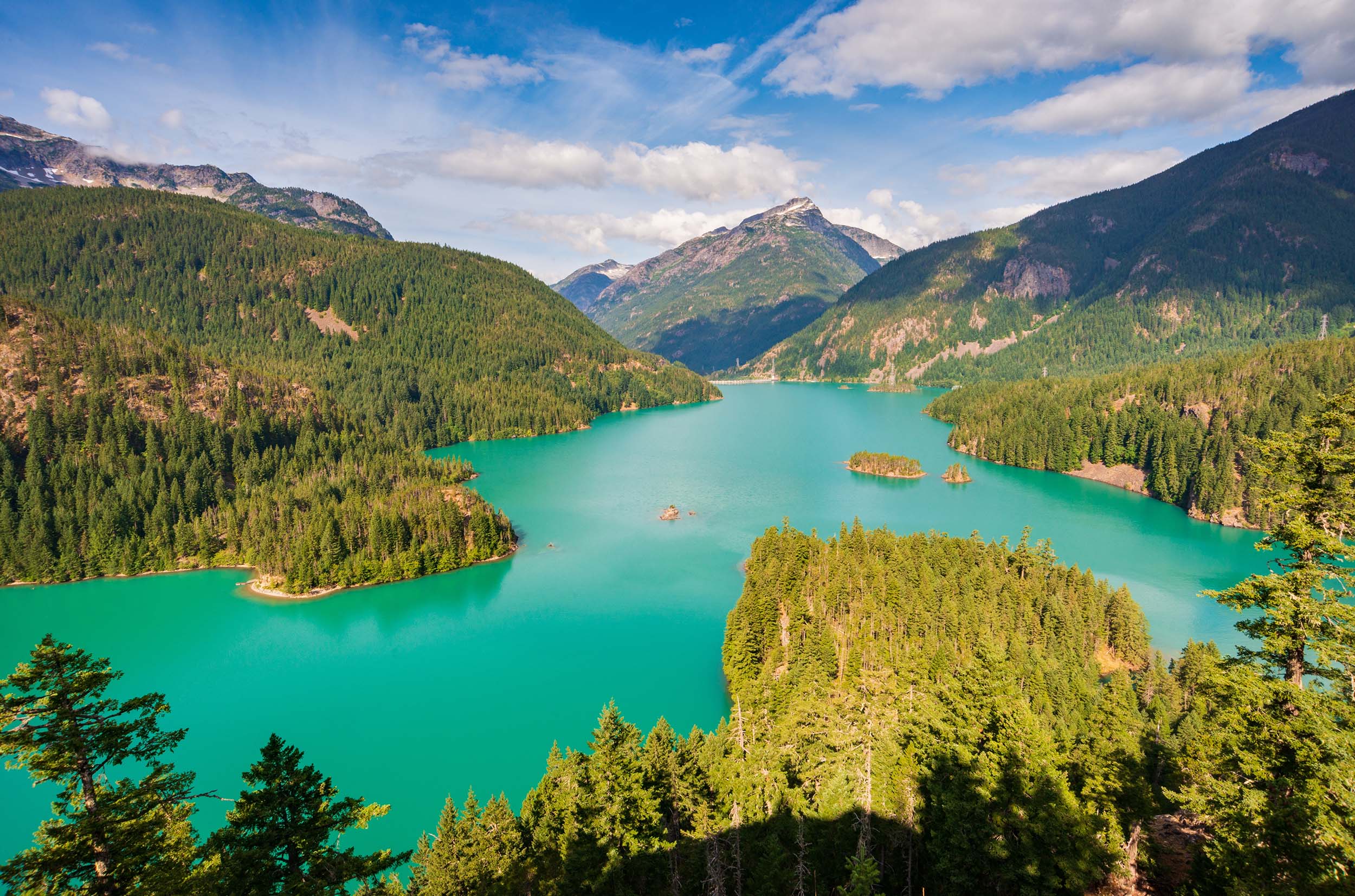
Wildlife at the Park
North Cascades National Park is home to a diverse range of wildlife, thanks to its varied ecosystems, from dense forests and alpine meadows to rugged mountain slopes and glaciers. The park is a haven for many species of mammals, including black bears, mountain goats, and mule deer. Black bears roam throughout the park, and visitors should be mindful of bear safety practices, such as properly storing food and keeping a safe distance. Mountain goats, known for their ability to navigate steep, rocky terrain, are commonly seen in higher elevations, particularly near Cascade Pass and other rugged areas. Mule deer are frequently spotted in lower elevations, often grazing in meadows or along the forest edges. The park is also home to smaller mammals like marmots, squirrels, and bobcats, all of which contribute to the vibrant ecosystem.
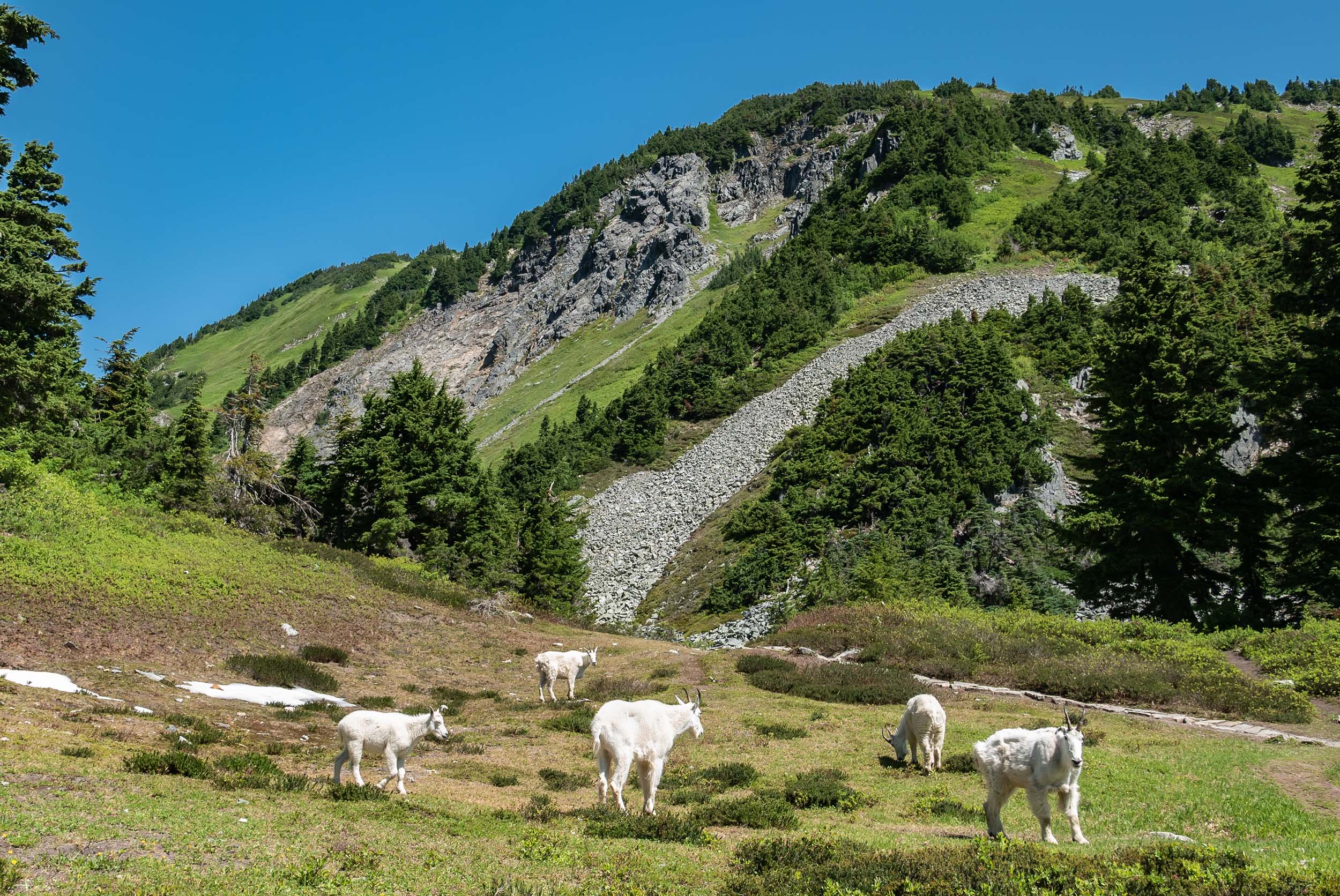
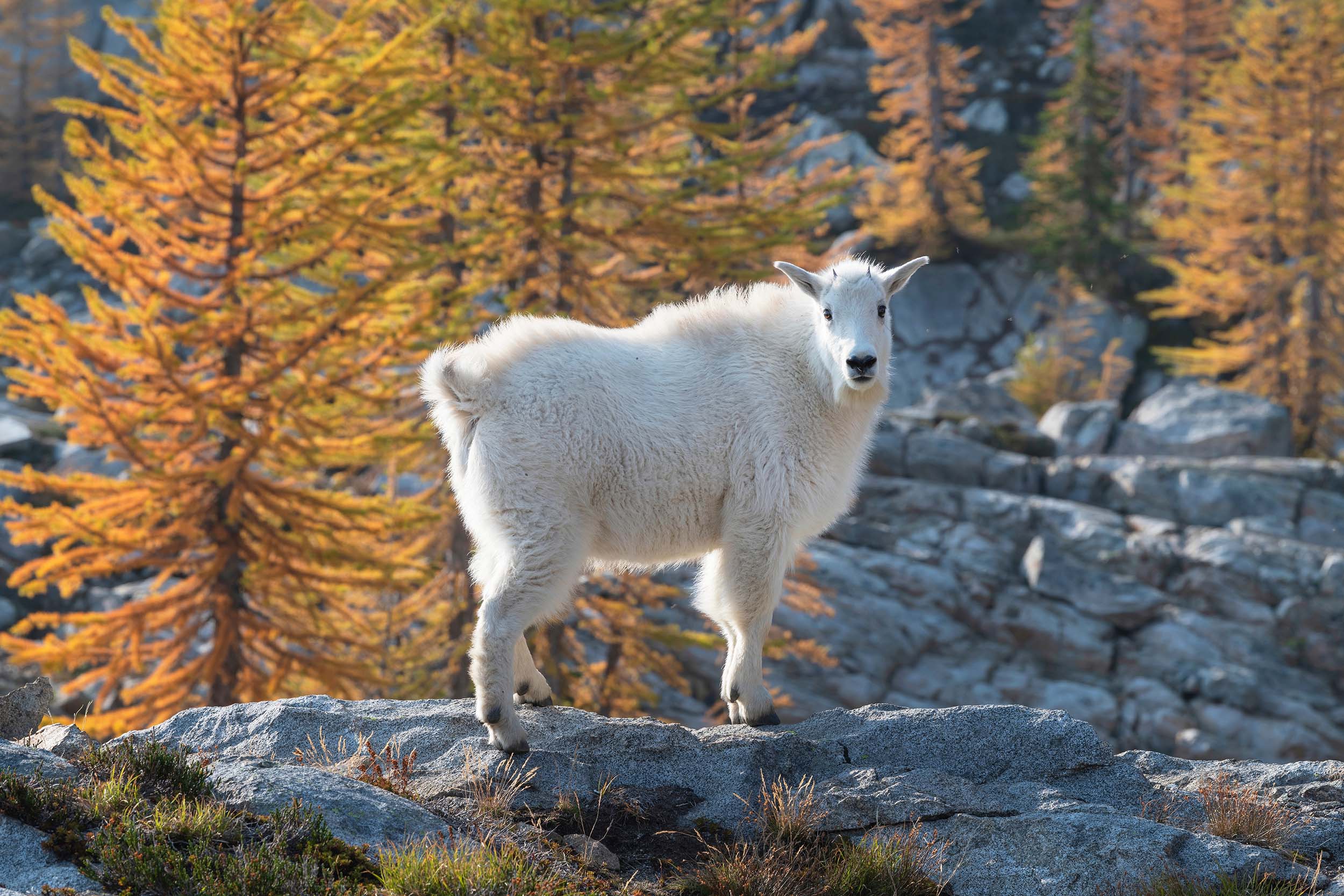
Birdwatchers will find North Cascades a particularly rewarding destination, as the park hosts a wide variety of avian species. Bald eagles are often spotted soaring over lakes and rivers, while peregrine falcons can be seen nesting on cliff faces. The park’s high mountain peaks provide ideal nesting grounds for these majestic birds of prey. In the forests and meadows, visitors may encounter species such as the Clark’s nutcracker, a corvid known for its role in seed dispersal, or the varied thrush, a striking songbird. The clear waters of the park’s lakes and rivers also attract waterfowl, including Canada geese and mallards, creating a rich birdwatching environment throughout the year.
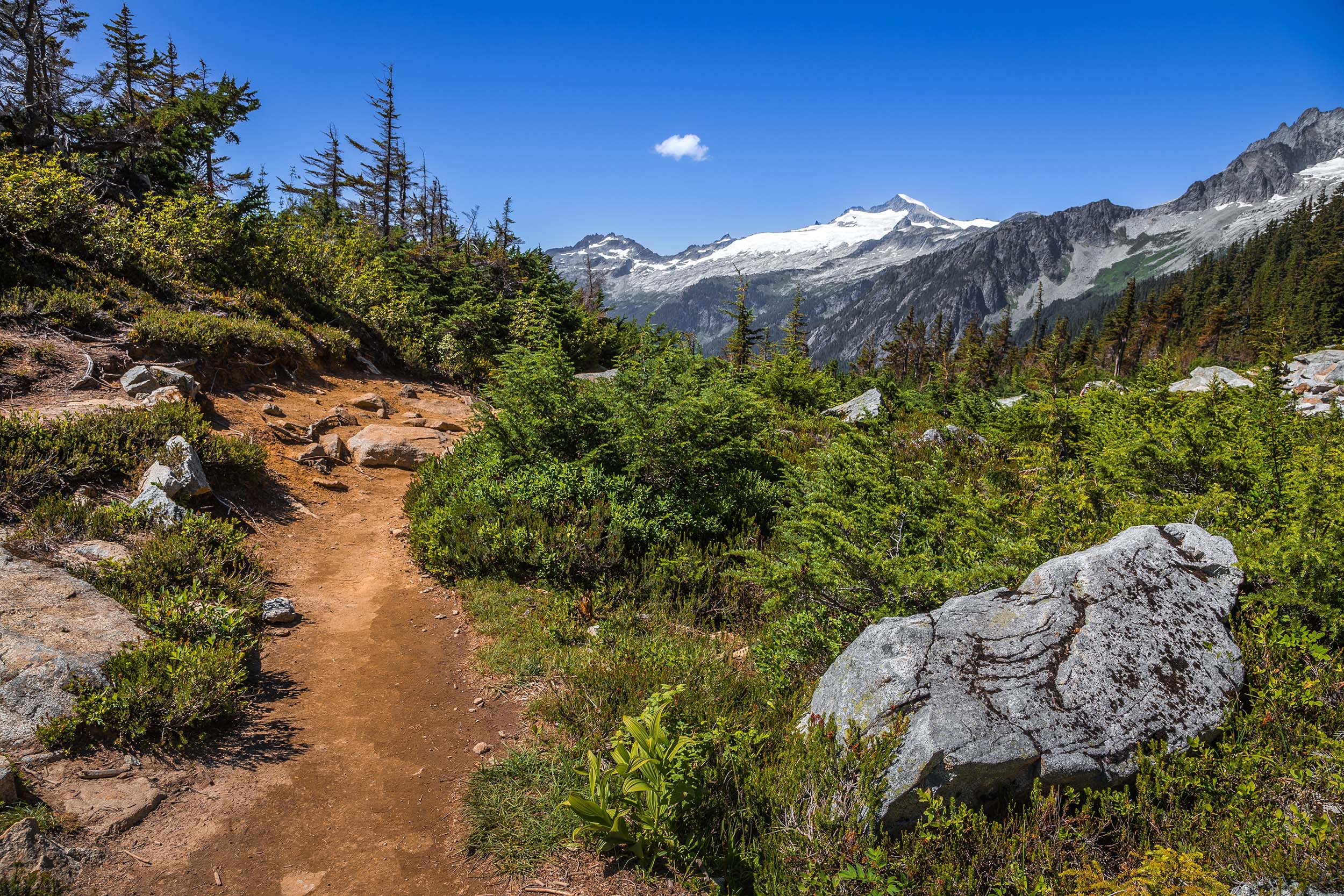
Gear We Used

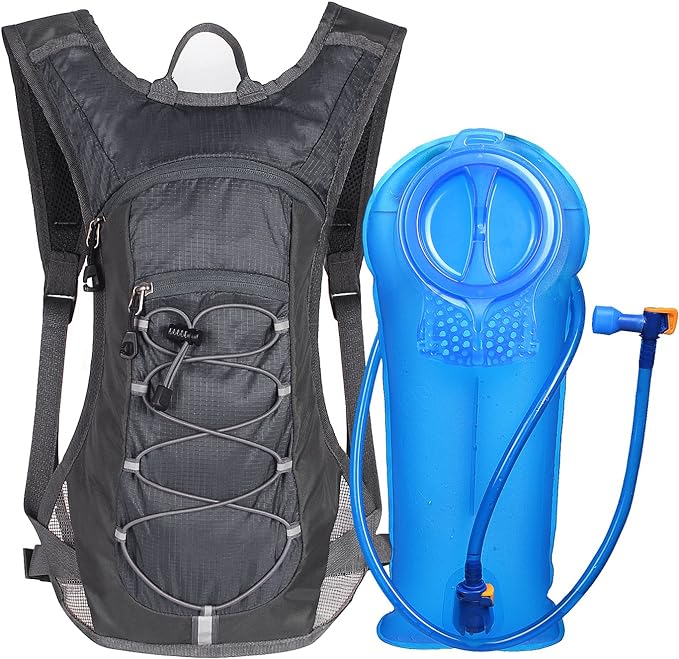
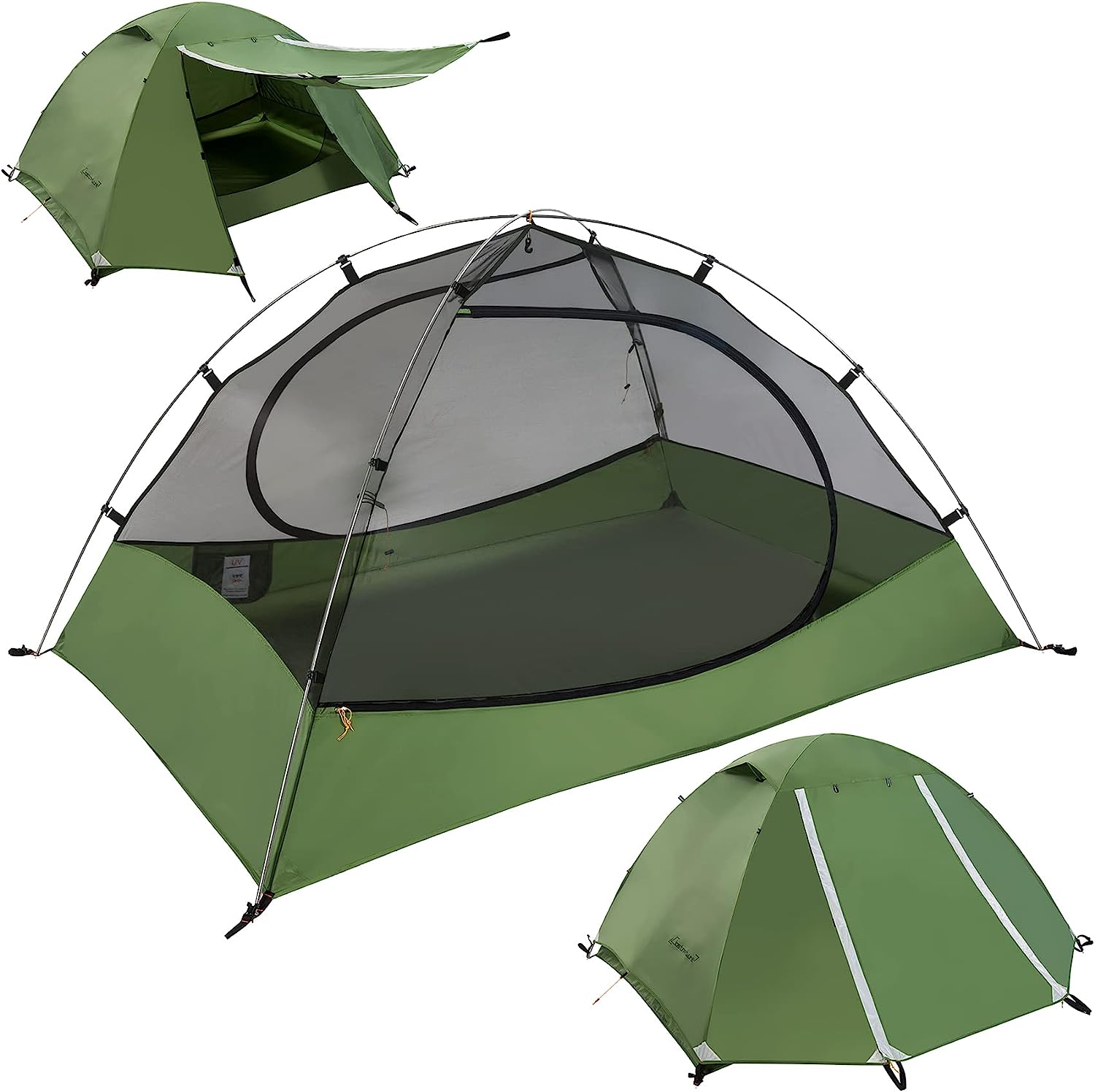
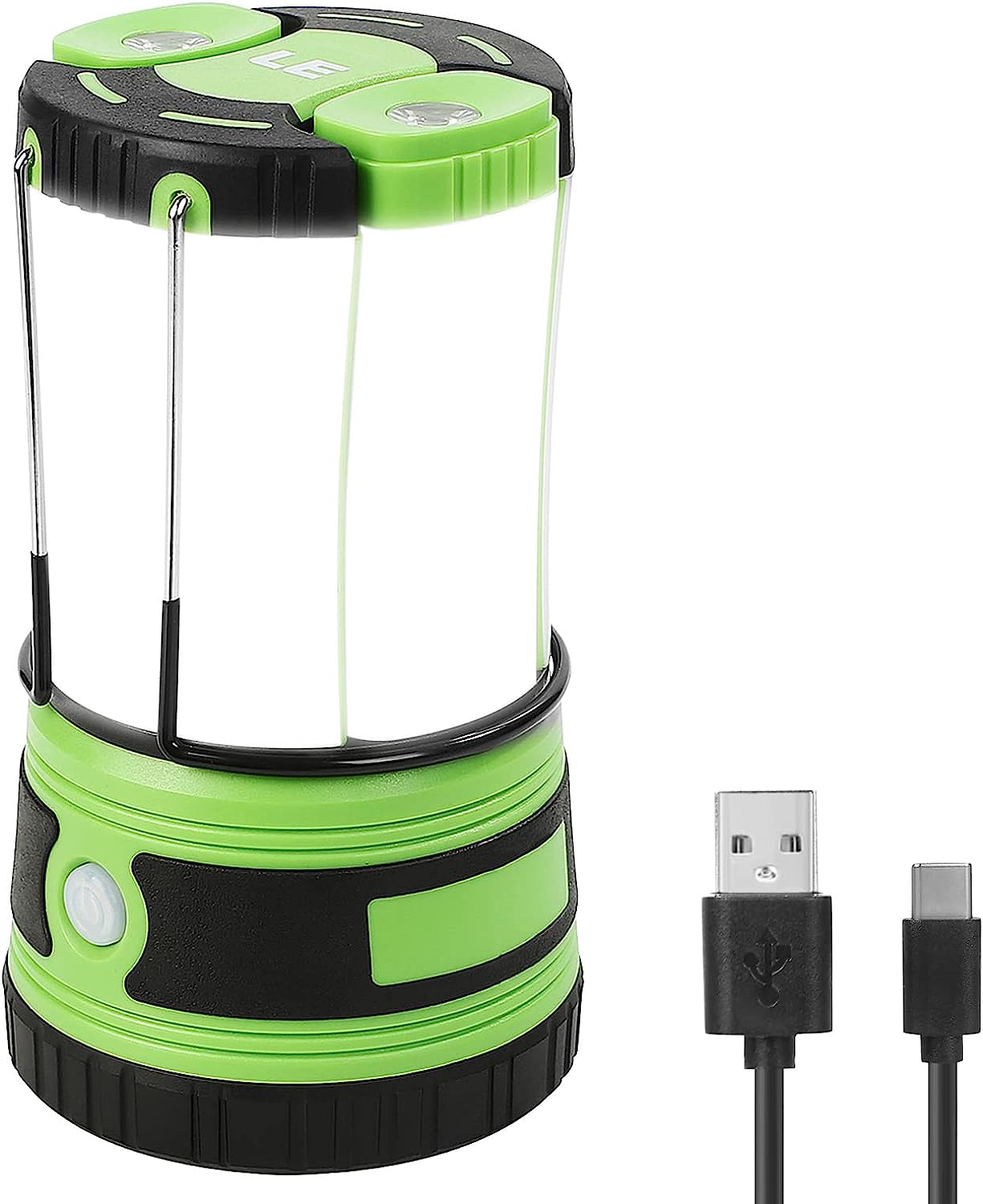
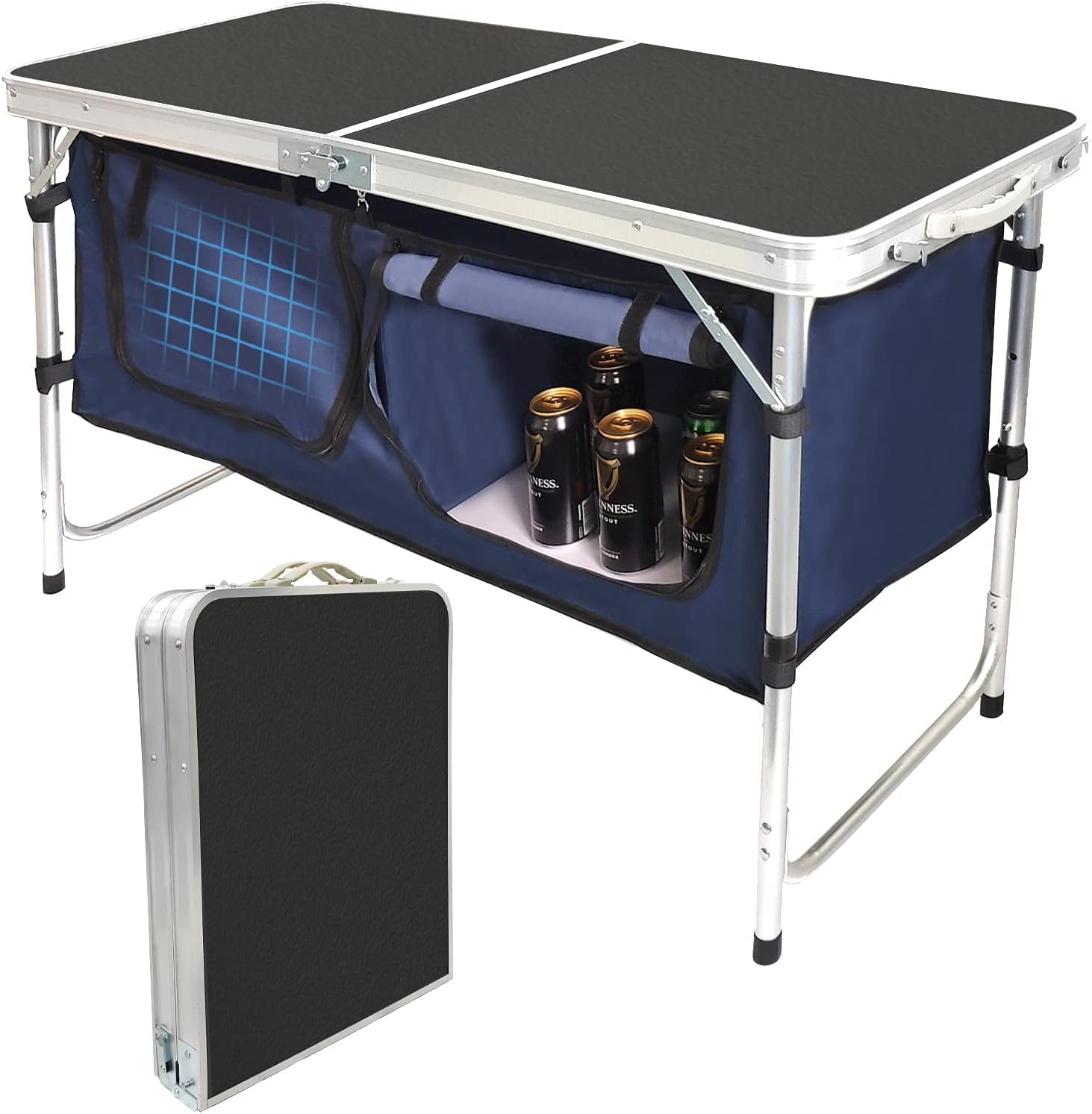
Must-Do Activities
Visit Stehekin Valley
Accessible only by boat, foot, or plane, Stehekin Valley offers a remote, peaceful experience for visitors looking to escape the crowds. This charming, isolated valley is a haven for outdoor activities, including hiking, fishing, and wildlife watching. You can also visit the historic Stehekin Bakery for fresh, local treats. The journey to Stehekin itself is an adventure, making it a must-do activity for those seeking a more off-the-beaten-path experience.
Explore Diablo Lake
A visit to Diablo Lake, with its striking turquoise waters, is an unforgettable experience. You can take a scenic boat tour, rent a kayak or canoe, or hike along the shore to fully appreciate the lake’s beauty. The Colonial Creek Campground, located nearby, offers easy access to the lake, making it a perfect spot for a day of exploration and relaxation in a truly scenic setting.
Hike the Cascade Pass Trail
One of the most popular and rewarding hikes in North Cascades, the Cascade Pass Trail offers stunning panoramic views of glaciers, alpine meadows, and rugged peaks. The moderate 7.4-mile round-trip trail takes you to Cascade Pass, where you can enjoy views of Mount Logan and other iconic North Cascades mountains. It’s an excellent way to experience the park’s dramatic landscapes and is a must-do for hikers.
North Cascade National Park History
The history of North Cascades National Park is deeply intertwined with both natural and human influences, shaped by thousands of years of indigenous presence and more recent developments in exploration and conservation. Long before European settlers arrived, the region was home to several Native American tribes, including the Skagit, Nooksack, and Chelan people. These tribes lived off the land, utilizing the diverse landscapes for fishing, hunting, and gathering. The rugged mountain ranges, dense forests, and alpine lakes were essential to their way of life, with their knowledge of the land passed down through generations. The indigenous people’s relationship with the region continues to be an integral part of the park’s cultural history today.
European exploration of the North Cascades began in the late 19th century, with expeditions led by figures like John Muir, who recognized the area’s natural beauty and ecological significance. The region was largely untouched by industrial development due to its remote and challenging terrain, but this isolation didn’t prevent some exploration and settlement. By the early 20th century, the area had become a popular destination for mountaineers and hikers. The establishment of North Cascades National Park was part of a larger movement to preserve the Pacific Northwest’s natural wilderness, with conservationists recognizing the area as a vital part of America’s natural heritage. In 1968, President Lyndon B. Johnson signed the legislation creating the park, which became one of the country’s newest national parks at the time.





